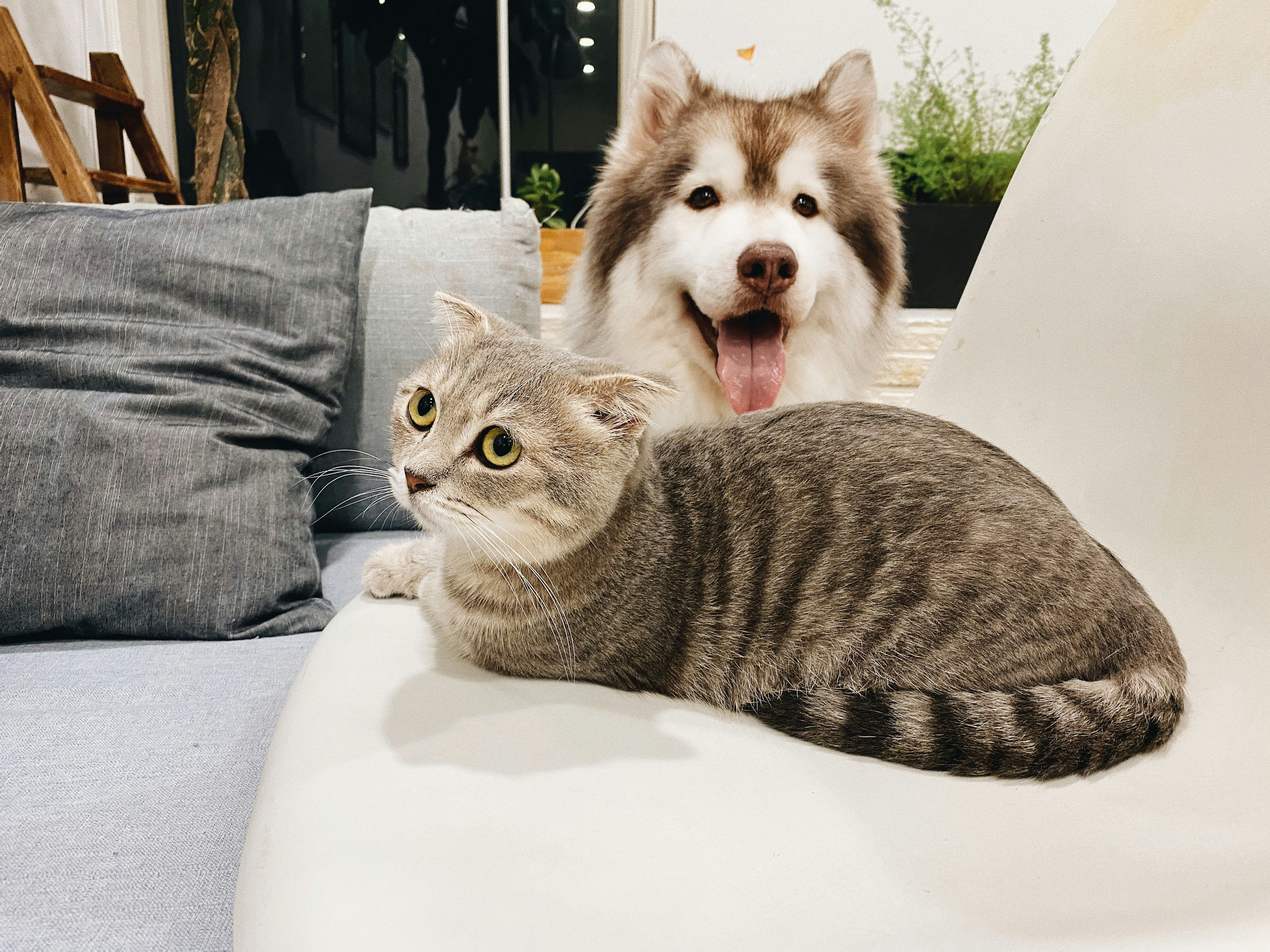Modern Pet Technology: Smart Feeders, Pet Trackers, and Future Trends

Modern Pet Technology: Smart Feeders, Pet Trackers, and Future Trends
The bond between humans and their pets has changed dramatically over the past few decades. Pets are no longer considered just “animals at home” but rather beloved family members. This shift has led to rapid growth in the global pet industry, from food and healthcare to grooming and accessories. One of the most exciting transformations is the rise of pet technology , which is reshaping the way we care for and interact with our furry friends.
Among the most impactful innovations are smart feeders , pet trackers , and a wide range of emerging technologies that promise to make pet care more efficient, personalized, and safe. In this article, we will explore how these devices work, their benefits, and what the future may hold for modern pet tech.
1. Smart Feeders: Revolutionizing Mealtime
1.1 Scheduled and Controlled Feeding
Traditional feeding methods often leave room for error—pets may be overfed, underfed, or fed at irregular times. For busy pet owners, ensuring a consistent feeding routine can be difficult. Smart feeders solve this by offering scheduled and portion-controlled feeding. Owners can program exact times and amounts, preventing overeating, reducing the risk of obesity, and ensuring pets are never left hungry.
1.2 Remote Control and Monitoring
Many smart feeders connect to smartphone apps via Wi-Fi or Bluetooth, allowing owners to feed pets even when they are away from home. High-end models come with built-in cameras and microphones , enabling two-way interaction. This not only ensures pets get their meals but also helps reduce separation anxiety by allowing owners to speak to them.
1.3 Health Tracking
Some advanced smart feeders track data such as feeding frequency, portion size, and even changes in appetite. Over time, these analytics help pet parents and veterinarians monitor the pet’s dietary habits and overall health , making early detection of issues like decreased appetite or irregular eating patterns possible.
2. Pet Trackers: Ensuring Safety and Peace of Mind
2.1 Real-Time GPS Tracking
One of the greatest fears for any pet owner is losing their companion. Modern pet trackers use GPS, Wi-Fi, and cellular networks to provide real-time location updates . With a quick glance at an app, owners can pinpoint where their pet is at any given time.
2.2 Geofencing and Alerts
Many pet trackers offer geofencing capabilities , allowing owners to set safe zones such as the backyard or neighborhood boundaries. If a pet leaves the designated area, the owner receives an instant notification. This feature is particularly valuable for pets that are curious, adventurous, or prone to escaping.
2.3 Health and Activity Monitoring
Beyond location, some trackers monitor a pet’s activity levels, sleep patterns, and even calories burned . Similar to fitness trackers for humans, these devices give owners insights into whether their pets are getting enough exercise or if sudden changes in activity may signal health problems.
3. Other Emerging Technologies in Pet Care
3.1 Smart Litter Boxes
For cat owners, cleaning the litter box is often one of the least enjoyable tasks. Smart litter boxes automatically clean themselves, monitor urine and stool patterns, and even send health reports to the owner’s phone. These devices can help detect early signs of urinary tract infections, kidney problems, or digestive issues.
3.2 Wearable Health Devices
In addition to trackers, wearable devices are being developed that monitor heart rate, temperature, and other vital signs. These can alert owners to health concerns before they become serious, providing proactive care rather than reactive treatment .
3.3 AI-Powered Pet Cameras
Pet cameras equipped with artificial intelligence can now recognize pet behavior, detect stress, and send alerts to owners. Some models dispense treats or toys when the pet is restless, helping to reduce anxiety and promote engagement while the owner is away.
4. Benefits of Modern Pet Technology
- Convenience for Owners : Automated systems save time and reduce daily burdens.
- Improved Health Outcomes : Data tracking provides valuable insights for preventive care.
- Enhanced Safety : GPS trackers and alerts reduce the risk of pets getting lost.
- Emotional Connection : Remote cameras and feeders allow for interaction even when apart.
By bridging the gap between owners and pets, technology is not just a convenience but a tool to improve the quality of life for both.
5. Challenges and Considerations
Despite the benefits, there are still challenges that pet owners should consider:
- Cost : Many devices are expensive and require ongoing subscriptions.
- Connectivity Issues : GPS or Wi-Fi-based devices may not work reliably in all locations.
- Data Privacy : As with any connected device, concerns about personal data security remain.
- Dependence on Technology : Owners must ensure that technology complements, rather than replaces, genuine care and attention.
6. Future Trends in Pet Technology
Looking ahead, several exciting trends are likely to shape the future of pet technology:
- Integration with Smart Homes : Pets may benefit from fully connected ecosystems where feeders, cameras, and health monitors work together seamlessly.
- AI and Predictive Health : Artificial intelligence could predict potential illnesses based on subtle changes in behavior or biometrics.
- Sustainable Designs : As environmental awareness grows, eco-friendly and energy-efficient devices will gain popularity.
- Personalized Pet Care Plans : Data-driven systems could provide custom diet, exercise, and healthcare recommendations tailored to each pet.
Conclusion
Modern pet technology is not just about convenience—it represents a fundamental shift in how we understand and care for our companions. Smart feeders ensure consistent nutrition, pet trackers provide safety and freedom, and emerging innovations promise to deepen the human-animal bond even further.
As these technologies continue to evolve, they hold the potential to create a future where pets live longer, healthier, and happier lives. For pet owners, embracing these tools means not only peace of mind but also the opportunity to provide a level of care that was once unimaginable.




